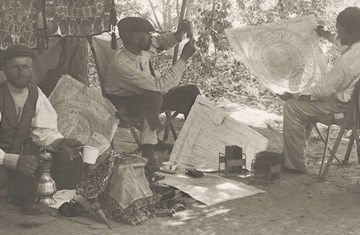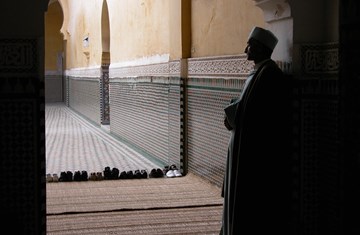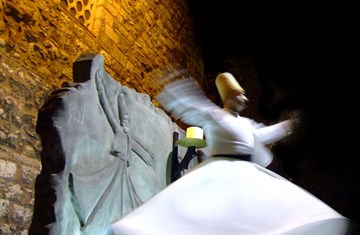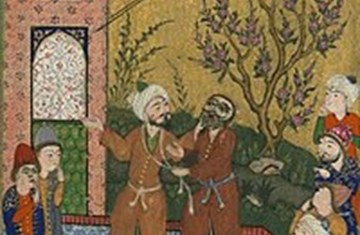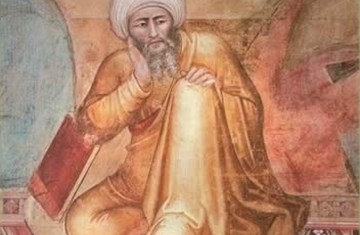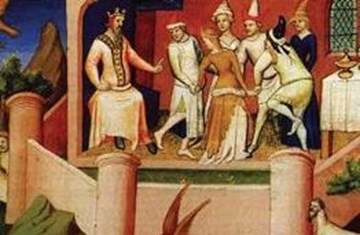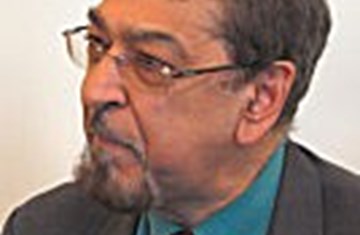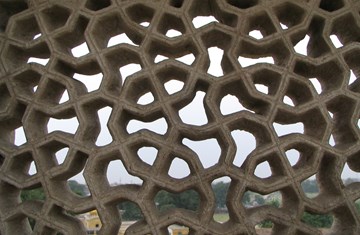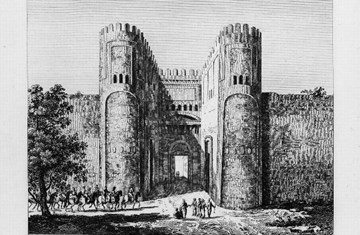Nur al-Din Muhammad II (542-607 AH / 1148-1210 CE)
This is an edited version of an article that was originally published in The Encyclopaedia of Islam (Second Edition), Volume VII, 1995, pp. 133-134, ed. P. Bearman, Th. Bianquis, C.E. Bosworth, E. van Donzel and W.P. Heinrichs, (E.J. Brill).
Nur al-Din Muhammad II, Nizari Isma‘ili Imam and the fifth lord of Alamut (561-607 AH / 1166-1210 CE). Born in Shawwal 542 AH / March 1148 CE, he succeeded to the leadership of the Nizari community and state on the death of his father, Hasan II, on 6 Rabi‘ al-Awwal 561 AH / 9 January 1166. He devoted his long and peaceful reign of some forty-four years to managing the affairs of the Nizari da‘wa and community, especially in Persia, from the central headquarters of the Isma‘ilis at Alamut. Being a thinker and a prolific writer, he also contributed actively to the Nizari teachings of his time.
Nur al-Din Muhammad II affirmed the Nizari Fatimid genealogy of his father and, therefore, of himself. Henceforth, the lords of Alamut were acknowledged as imams, descendants of Nizar b. al-Mustansir, by the Nizari Isma‘ili community. In the doctrinal field, he systematically expounded and elaborated the important doctrine of the Qiyama, announced by his father in 559 AH / 1164 CE, and placed the current Nizari imam and his autonomous teaching authority at the very centre of that doctrine (see Haft bab-i Baba Sayyidna, ed. W. Ivanow, in Two early Ismaili treatises, Bombay 1933, pp. 4-42). Aside from petty warfare, the history of the Nizari state in Persia was politically uneventful under Imam Nur al-Din Muhammad. However, the Syrian Nizaris were more involved at this time in their own local alliances and conflicts.
There are also indications that a widening rift had developed between this Nizari imam and Rashid al-Din Sinan (d. 589 AH / 1193 CE), the contemporary leader of the Syrian Nizaris, although a complete break was avoided. Rashid al-Din and other Persian historians also report a detailed story about how the Nizaris of his time persuaded the famous Sunni theologian Fakhr al-Din al-Razi (d. 606 AH / 1209 CE) to refrain from denouncing them in public. Having ruled longer than any other lord of Alamut, Nur al-Din Muhammad II died, possibly of poison, on 10 Rabi‘ al-Awwal 607 AH /1 September 1210 CE.
Author

Dr Farhad Daftary
Co-Director and Head of the Department of Academic Research and Publications
An authority in Shi'i studies, with special reference to its Ismaili tradition, Dr. Daftary has published and lectured widely in these fields of Islamic studies. In 2011 a Festschrift entitled Fortresses of the Intellect was produced to honour Dr. Daftary by a number of his colleagues and peers.

